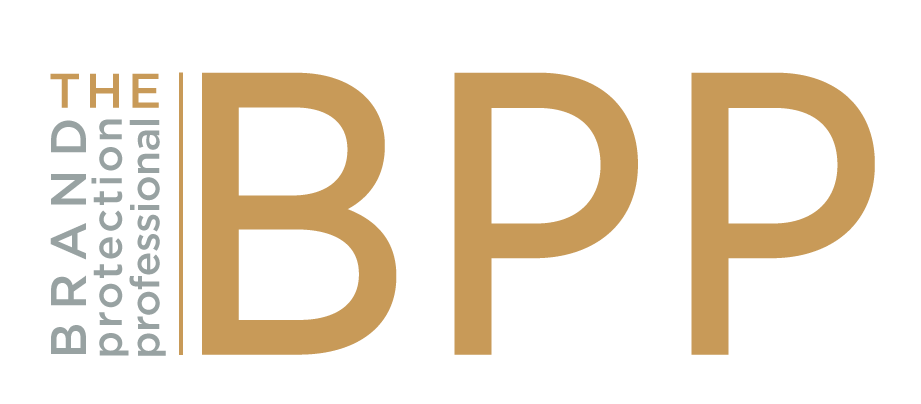Chris Gibbins
Director Global Brand Protection, Speck Products
Speck manufactures award-winning cases that protect the tech our customers rely on the most, their phones. Because the majority of Speck cases are for smartphones, they are relatively small in size. Products similar to Speck cases in size and value face three challenges in brand protection.
First, compared to other frequently counterfeited consumer goods such as purses, shoes, clothing, or headphones, phone cases can be quite compact. Second, compared to jewelry, watches, electronics, or other small form-factor products, phone cases are relatively low cost to make and are not very difficult to manufacture. Finally, because such products do not necessarily endanger the public’s health and safety, they are far less likely to attract the attention of law enforcement, Customs, or judicial authorities. So what is a brand protection professional protecting small or lower-cost items to do?
Custom seizures (or lack thereof) is one of the biggest challenges. You won’t find a container full of phone cases being seized anywhere in the world. In the age of on-demand ordering from any number of Chinese on-line marketplaces, you can easily order and ship 50 to 100 phone cases in a modest cardboard box which will travel express parcel and fly right under the radar of Customs. Under the new Voluntary Abandonment Program implemented by U.S. Customs Border Protection, smaller shipments under $2,500 that don’t endanger consumer health or safety can be abandoned without consequences to importer or exporter. Counterfeit shipments of small goods are the perfect candidate for this program, which provides that even if the shipment is denied entry (voluntarily abandoned), the rights holder will never hear about it. This denies the brand owners essential information that determine enforcement efforts.
This is somewhat similar to the scenario of counterfeit goods leaving their source country without true knowledge or inspection. I have had many meetings with Customs officials in several provinces across China, in which they acknowledged that they are quite aware that small parcel express shipments have become an epidemic but feel helpless to try to curb or stop it. Their manpower is still dedicated primarily to monitoring the ocean ports and searching for container loads to seize high-profile counterfeit goods or to generate high numbers of seizures for their superiors and government.
Does this mean that you should give up on engaging with Customs? No. Customs deals with thousands of different brand owners and rights holders whose goods cross their borders every day. So even with the above noted priorities, they are far more likely to detain a suspected shipment belonging to a brand that they have a good relationship with, has provided training to their officers, and is responsive to their inquiries.
For this reason a majority of my time is spent training Customs officials and updating our training materials with the most relevant information to enlist their enforcement assistance. Deciding at which ports to train is a strategy all unto itself, but for small goods like ours that we know travel express courier, we focus on ports near the major courier hubs, with the highest volume, and that are gateways into other countries such as those in Latin America. Partnering with other brands or organizations (such as the International AntiCounterfeiting Coalition) to conduct joint trainings is especially beneficial as it is easier to attract more Customs officers to a training when they know they will learn about multiple product categories from several brands at once. Agencies such as the World Customs Organizations or the European Data Base of the European Union Intellectual Property Office can also have far-reaching cost-effective benefits in providing training information to multiple country officials in a combined session.
Partnering with other brands can be an effective strategy for joint investigations or prosecutions. Counterfeiters know that brand owners for smaller, lower-cost products struggle to get attention from law enforcement and prosecutors because of the volume of products needed to make a case that meets monetary value thresholds. So counterfeiters will frequently ignore cease-and-desist letters and demand notices they receive. By partnering with other brands—even competitors, where necessary—brand owners can build bigger high-dollar cases that are more enticing to law enforcement agencies and prosecutors. Involving more brands and more products also makes it more likely that prior offenses or criminal activity by a counterfeit seller will be uncovered, which can elevate the seriousness of a case and increase law enforcement support for it. A larger, multi-brand case may also have a greater chance of getting the cooperation of a counterfeit seller’s landlord, the payment processor handling those transactions, the domain provider hosting those websites, as well as the attention of local media. Finally, involving other brands can help reduce investigator fees, legal fees, and other expenses each individual brand may incur.
Another strategy for brand owners fighting counterfeits of smaller lower-cost products that may get them the most “bang for your buck” is to prevent your customers from ever being able to order that product in the first place. An effective and efficient online monitoring and enforcement program undoubtedly yields the greatest return on investment (ROI) considering the number of websites, marketplaces, and listings you can attend to on a regular basis for relatively low cost. This can be worked in combination with contingency fee arrangements with law firms who will conduct online test purchases on your behalf and pursue appropriate targets for negotiated settlements, which they then keep, thereby creating a virtually self-funding program.
Working as a brand protection professional for a smaller-sized, lower-cost product category requires some creative thinking and proper resource management. There won’t be any flashy multi-million-dollar civil judgments or headline-grabbing factory raids. But you can still accomplish your end goal of protecting your customers from inferior counterfeit versions of your products that could invariably harm your brand and its reputation.
THE BRAND PROTECTION PROFESSIONAL | JUNE 2017 | VOLUME 2 NUMBER 2
2017 COPYRIGHT MICHIGAN STATE UNIVERSITY BOARD OF TRUSTEES

